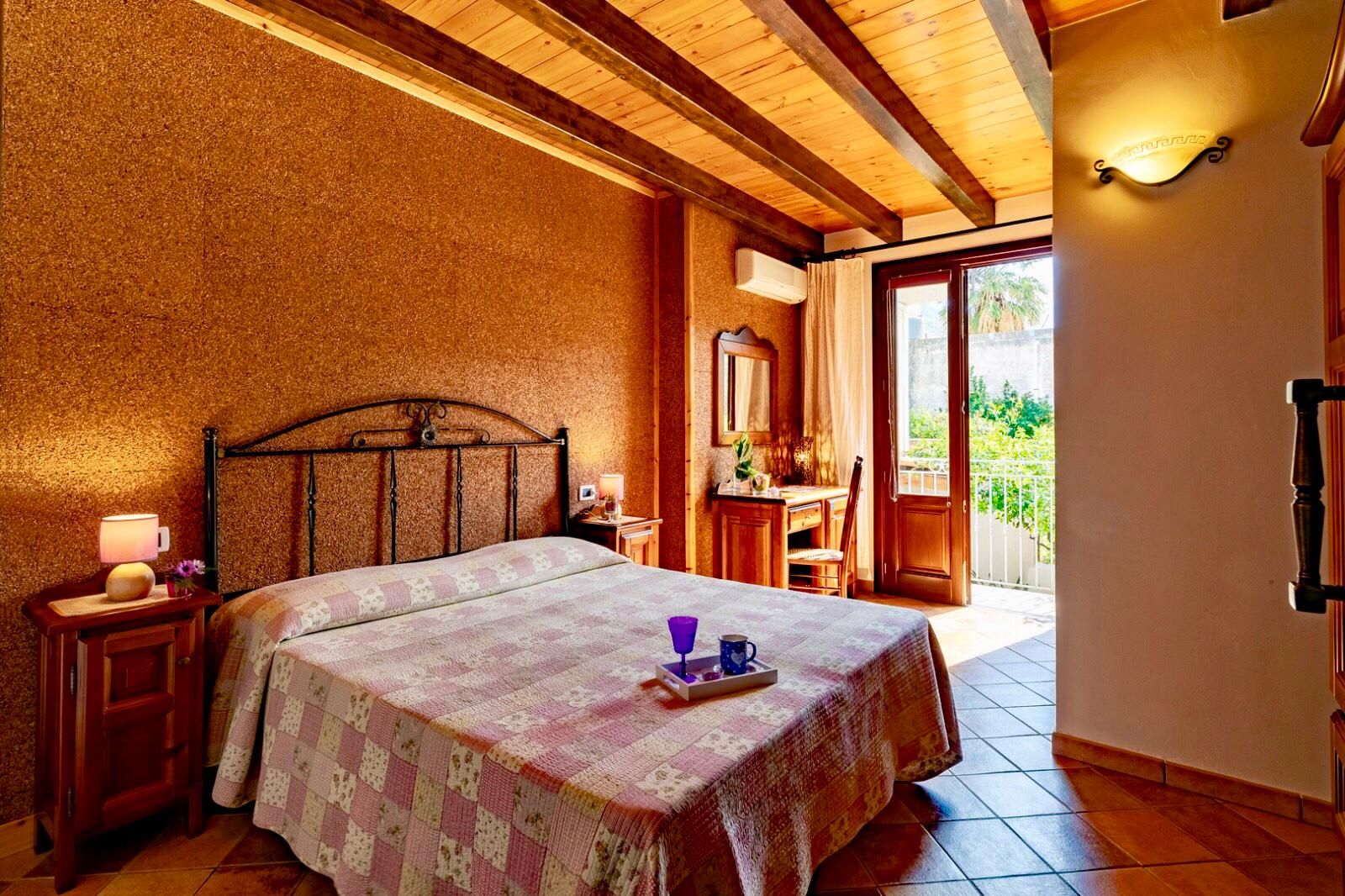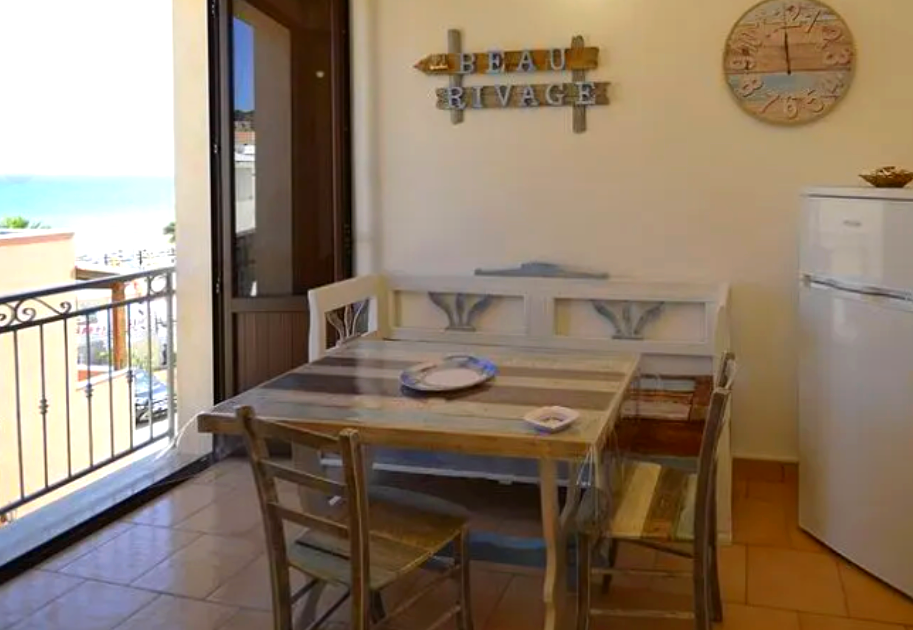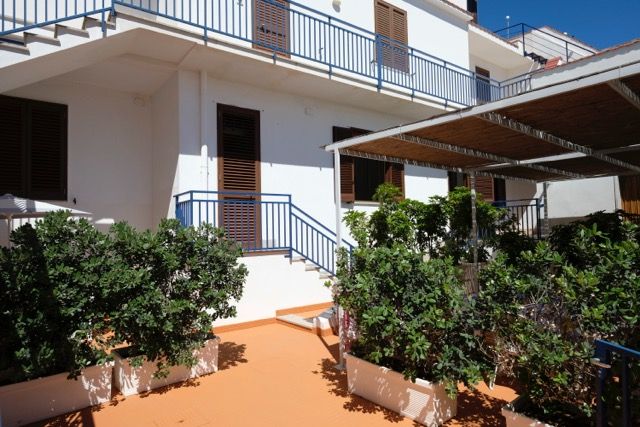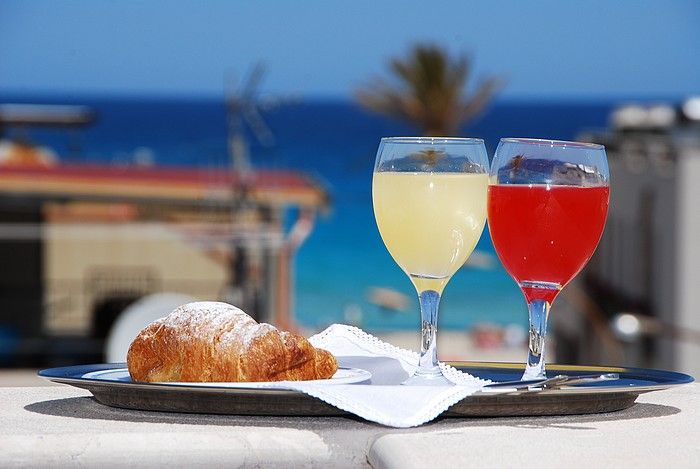Mozia, or also Mothia, Motya, was an ancient Phoenician city, located on the island of San Pantaleo, in the Stagnone di Marsala.
Inside the Stagnone di Marsala Oriented Nature Reserve (1984), in front of the historic Ettore Infersa Saline, there is one of the most important archaeological sites in the world: Mozia (Mothia, Motya).
Founded by the Phoenicians around the 8th century BC, on the small island of San Pantaleo, located between the mainland and the Longa island, Mozia became one of the most prosperous and well-known Phoenician colonies in the Mediterranean.
Thanks to its strategic position, Mozia found itself at the center of flourishing commercial traffic for a long time, but also the object of envy on the part of the Greeks and Carthaginians. In 397 BC, in fact, the city was destroyed by the Greek army of Dionysus of Syracuse and definitively abandoned by its inhabitants who fled to the mainland in nearby Lylibeum (Marsala). The island was forgotten for a very long time and only from the 11th century did it return to be inhabited by a group of Basilian monks who came from Palermo. It was these monks who gave the island the name of San Pantaleo, in honor of their founder.

Thanks to its strategic position, Mozia found itself at the center of flourishing commercial traffic for a long time, but also the object of envy on the part of the Greeks and Carthaginians. In fact, in 397 BC, the city was destroyed by the Greek army of Dionysus of Syracuse and definitively abandoned by its inhabitants who fled to the mainland in nearby Lylibeum (Marsala). The island was forgotten for a very long time and only from the 11th century did it return to be inhabited by a group of Basilian monks who came from Palermo. It was these monks who gave the island the name of San Pantaleo, in honor of their founder.
.jpg)
The first important Phoenician find brought to light in 1793 was the Baron of Mozia, the notary Rosario Alagna, to whom the small island had been entrusted as a fiefdom in 1792, the sculptural group of lions biting a bull, today preserved in the Museum Whitaker. Other excavations were also carried out later, but without any success.
The discovery of the city of Mozia is due to the passion for archeology of the young Joseph Whitaker, member of a rich English family who owned important cellars in Marsala. The young archaeologist, convinced by his research of the existence of the Phoenician colony, decided to purchase the island, starting excavations in 1906 and continuing until 1929.
In these years the following came to light: the Phoenician-Punic Sanctuary of Cappiddazzu, a part of the necropolis, the House of Mosaics, the Tophet area, the North Gate, the South Gate and the Casermetta.
The House of Mosaics is located along the south-eastern coast of the island. The mosaic floor of white, gray and black pebbles depicts animals and is part of a building not yet completely re-emerged into the light.
The Kothon corresponds to a sacred pool adjacent to a Temple (Excavations conducted by the La Sapienza University of Rome between 2002 and 2010).
Tophet is a sacred area dedicated to the god Baal Hammon that extended between the walls and the northern coast. There are numerous steles and stones.
The Archaic Necropolis is a vast area north of the island whose tombs were dug into the rock or earth. This area was later crossed by the city walls which left some tombs outside.
The Sunken Road served to connect the island to the mainland. Goods and crops were transported via this single route with large carts. 1.7 km long and 7 meters wide, it was built in the 6th century BC
The city walls are 2.5 km long and surround the entire island, upon your arrival you can see the first section on the right.
The Cappiddazzu Sanctuary is a sacred area built within the walls where sacrifices were probably carried out.


The entrance to the city took place through three gates placed approximately 22 meters apart. The North Gate most likely had on its top the stone block depicting lions preserved in the Whitaker Museum
.
The Barracks is located between the House of Mosaics and the South Gate but the use made of this building is unknown.
How to get:
The island can be accessed via two piers
Historic Arini and Pugliese landing stage:
www.ariniepugliese.com
cell. +39 347 3430329
Mozia line Salina Infersa:
www.mozialine.com
cell. +39 338 7860474
TIMES AND PRICES VISIT THE ISLAND OF MOZIA
1 November - 31 March every day 9.00 - 15.00
1 April - 31 October every day 9.30am - 6.30pm
Prices: adults €9 - students and children €5 - groups over 10 people €6 (ship transport excluded)




_7327.jpg)




_8463.jpg)